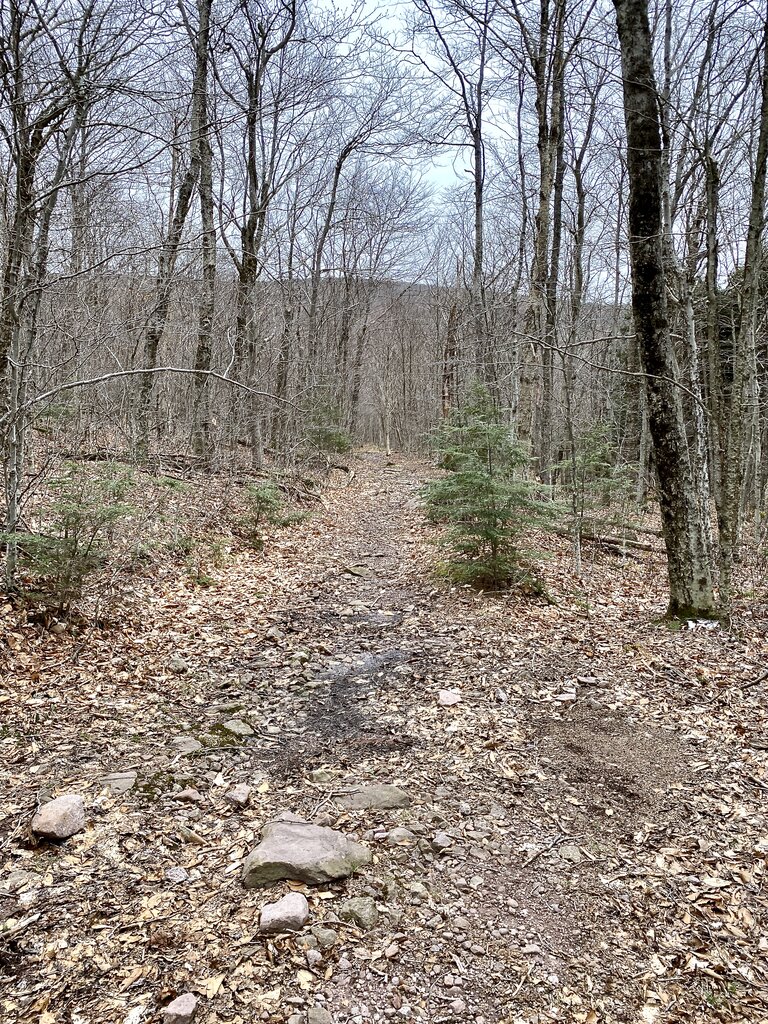
I recently read Ten Years in the Tub by Nick Hornby, a collection of his musings about books. Fun read, although there’s not much overlap between our reading. Still, his observations were interesting, and he is hilarious in the British-self-deprecating way. I had read none of his stuff since going on a Nick Hornby jag over twenty years ago. I was inspired by his description of certain books and authors… he really likes Dickens (I decided in ninth grade, while reading Great Expectations, that I didn’t care for Dickens… especially after learning he was paid by the word and invented entire characters and subplots just to increase his word count). So much so I may consider picking up a Dickens (Bleak House?). Another author he praises repeatedly is Thomas Wolff. I’d heard the name but wasn’t familiar with his work.
Based on Hornby’s writing and some quick internet research, two of his books topped the list: Old School and This Boy’s Life. I picked up Old School, a story about a private school in the sixties and the unnamed narrator’s journey. Immediately the reader is immersed in a New England private school for boys, with Masters and ties and leafy campuses. As someone who didn’t attend that type of school, I immediately picture the campus and boys from Captain my Captain.
Old School uses three author’s visits as scaffolding. Robert Frost, Ayn Rand and Ernest Hemingway are all scheduled to visit the unnamed elite boarding school where writing and writers are held in the highest regard. Hard to imagine, with the laser focus on STEM and hard studies now, a time when writing would have held such a prominent place in a school’s collective consciousness. Neither of the authors fare very well; Frost is a doddering old man with ponderous eyebrows, Rand is a nasty narcissist and Hemingway, a student favorite, receives backhanded and sideways praise.
Wolf does some interesting things. One, the narrator and the main character is unnamed. The narrator has secrets but reveals them indirectly, clever, but I asked if I had missed something earlier (I hadn’t). Another is his use of time. Most of the book takes in 1960-1961; the last section of the book fast-forwards ten years. He describe these years over a few pages to paint a picture of how life when for the narrator after school. The shift between real-time dialogue and descriptions to pages of exposition was notable, but worked just fine. Another case of rule-breaking. I’d like to go back and pay more attention to the transition and figure out what stylistically allowed Wolf to pull it off.
A delightful read, sandwiched in between Cloud Atlas and Hemingway short stories. Compared to its neighbors, it felt light, not to mention blissfully short at 195 pages. The emphasis on writers and notable authors from the middle of the 20th century made the read fun. Recommended, and look forward to reading more Wolf in the future.
